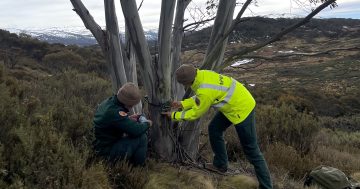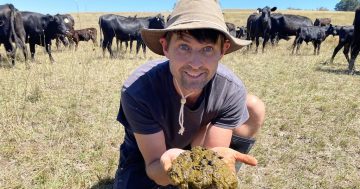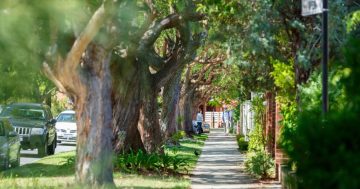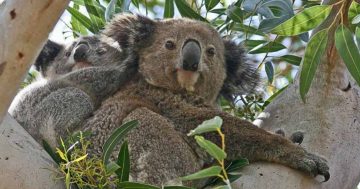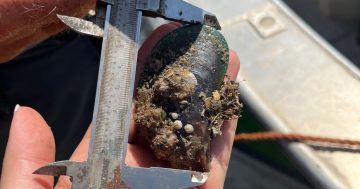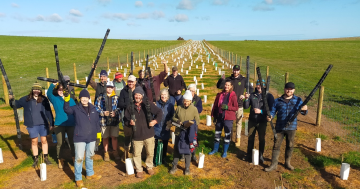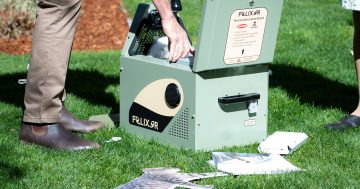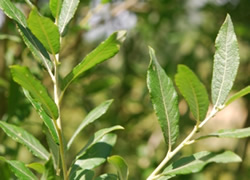 Biosecurity Queensland has increased its list of high-risk invasive plant species now eradicated from the State.
Biosecurity Queensland has increased its list of high-risk invasive plant species now eradicated from the State.
General Manager, Invasive Plants and Animals at the Agency, John Robertson said the six new plant species to be eradicated were major pests overseas and had been targeted for early detection and removal in Queensland since the mid-1990s.
“Nipping grey willow (pictured), white willow, yellow fever tree, grey-haired acacia, thorn tree Acacia nigrescens and cactus Opuntia santarita in the bud is a great outcome that helps protect millions of hectares of grazing land from potentially invasive plants,” Dr Robertson said.
“Invasive plants are a major threat to native pastures, costing the grazing industry tens of millions of dollars in lost production every year and potentially replacing productive pasture plants with unproductive, unpalatable weeds.”
He said Biosecurity Queensland had worked in partnership with Local Governments and other Agencies to prevent the establishment of the species.
“This very important work means 27 plant species have now been eradicated from the State,” Dr Robertson said.
He said all six high-risk weed species were detected in or near gardens before they had a chance to spread.
“Most of Queensland’s worst weeds, including prickly pear cactus and lantana, are escaped garden plants,” he said.
“Early detection and eradication is vital to preventing the damage they could cause as their seeds are easily spread either by birds, wind or runoff water.
“Aside from the impact to agricultural lands, invasive plants can also severely damage native bushland, replacing native plants and modifying fire regimes,” Dr Robertson said.


